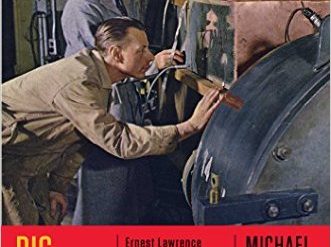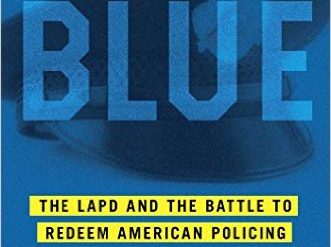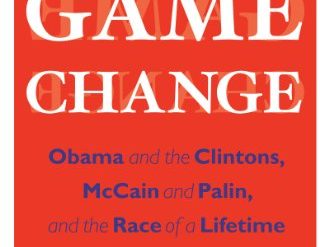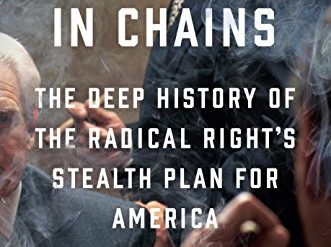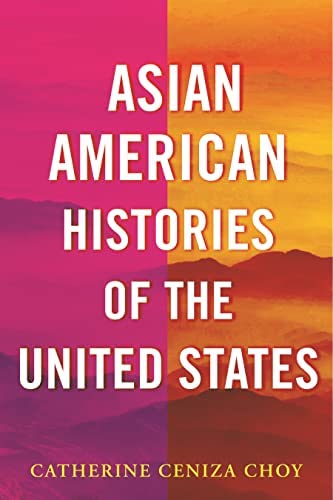
Since the middle of the nineteenth century, people we now call Asian Americans have made major contributions to American society. You have only to look around you in a hospital, where Philippine American nurses work in huge numbers. Or to glance at the headlines about the CEOs of high-tech companies. Today, numbering some 24 million, Asian Americans comprise 7.3 percent of the country’s population. That’s about one out of every fourteen people living in the United States. Yet to most of us, Asian Americans are essentially invisible. We know little or nothing about what has brought them to this country, what their lives have been like, or how they have changed our own lives. And that gap in our understanding of the country we live in is what UC Berkeley Professor Catherine Ceniza Choy set out to fill in her illuminating new book, Asian American Histories of the United States.
Asian American identity is barely half a century old
One of the reasons so few of us are familiar with Asian American history is that the label itself was only first used a half-century ago. Before that, there were Chinese Americans, Japanese Americans, Indian Americans, Philippine Americans, and so forth, but nobody (including themselves) thought of them collectively as Asian. The term grew out of the “radical consciousness that emerged in the late 1960s . . . [signifying] a political sensibility that valued solidarity with Black, Chicano, and American Indian social justice movements.” Two UC Berkeley graduate students coined the term in 1968 “when they founded the Asian American Political Alliance in Berkeley.”
Asian American Histories of the United States by Catherine Ceniza Choy (2022) 240 pages ★★★★☆
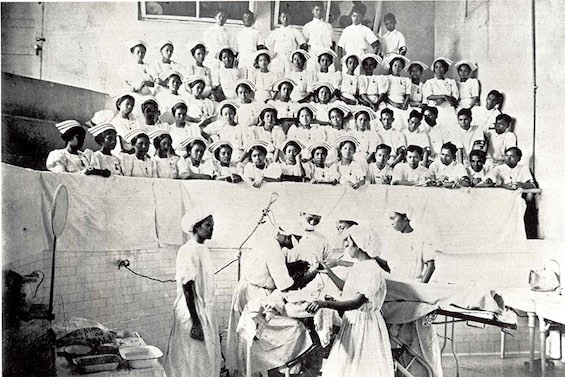
A century and a half of discrimination and hatred
Asian American history a deserves full, authoritative treatment. Someday, someone—perhaps even Prof. Ceniza Choy—will write that book. But this one isn’t it. Instead, Asian American Histories of the United States is a long essay which alternately celebrates and laments the experience of Asian Americans over the past 150-plus years. Ceniza Choy emphasizes the challenges they’ve faced, noting that “three interconnected themes: . . . violence, erasure, and resistance” dominate Asian American history. And the evidence she cites is abundant, employing both insightful stories of individual people and historical events and trends.
At the outset, Chinese laborers imported to work the mines and build the railroads faced constant abuse, almost universal hatred, and, sometimes, violent attacks. And that hatred was institutionalized for nearly a century in both state and local laws and court decisions that made virtually all those of Asian heritage second-class citizens—even after they were belatedly permitted to become citizens at all.
Key dates in Asian American history
As she skips around the past century and a half, Ceniza Choy lights upon the key dates in Asian American history. It’s worth reviewing them here in chronological order:
1849: the California Gold Rush, which brought the first large numbers of Chinese laborers to the United States
1882: passage of the Chinese Exclusion Act, “prohibiting all immigration of Chinese laborers for 10 years. The law excluded merchants, teachers, students, travelers, and diplomats.” It was the first law limiting immigration to the country—and the only one ever directed exclusively at a single ethnic group. (The 1882 act was only repealed in 1943, when China was a wartime ally.)
1924: enactment of the Johnson-Reed Immigration Act, which effectively barred immigration from any Asian country (except the Philippines, which was a US dependency). The legislation instituted a highly discriminatory formula based on national origins, designed to favor immigration from northern Europe.
1941: when at least 125,000 Japanese Americans were incarcerated in 75 internment camps throughout the West. FDR issued Executive Order 9066 at the behest of the United States Army, California Governor Earl Warren, and numerous other politicians who had succumbed to racial hysteria.
1965: passage of the Hart-Celler Immigration Act, which abolished the national origins formula of the 1924 legislation. To the surprise of its sponsors (and practically everyone else), the principal result of the act was a flood of Asian immigrants. More than any other single piece of legislation, the 1965 immigration act has shaped the multiethnic character of the United States today.
1975: the fall of Saigon, which ultimately led to the admission of more than one million Vietnamese, Cambodian, Lao, and Hmong refugees
Ceniza Choy cites other key dates to introduce aspects of her story. But these seem to me to be the major ones.
An Asian American history book with an unusual structure
The book is structured in a way I’ve never come across in any other history. Each of the nine chapters is centered on events in a single year. Most of these years are recent (from 1965 to 2020). Ceniza Choy uses those benchmarks as points of entry into the historical background. This becomes confusing at times, and it leads to repetition. The author’s intent was clearly to paint a picture of the current state of Asian American life and not to survey Asian American history as a whole. Sometimes it works well, sometimes not.
About the author

Catherine Ceniza Choy is a Professor of Asian American and Asian Diaspora Studies and Comparative Ethnic Studies at the University of California, Berkeley. Asian American Histories of the United States is her third book. She holds a bachelor’s degree, cum laude, from Pomona College, Claremont, and both master’s and PhD degrees from UCLA. The daughter of Filipino immigrants, she was born and raised in New York City. Ceniza Choy lives in Berkeley with her husband.
For related reading
Be sure to check out the outstanding recent novel, Four Treasures of the Sky by Jenny Tinghui Zhang (The Chinese immigrant experience in 19th-century America). I regarded it as one of the best books I read in 2022.
And take a look at Infamy: The Shocking Story of the Japanese-American Internment in World War II by Richard Reeves (The shameful story of Japanese-American Internment in WWII).
You’ll find other good books about related topics at:
- Top 20 popular books for understanding American history
- Good books about racism
- 20 top nonfiction books about history
- Top 10 nonfiction books about politics
You might also be interested in 30 insightful books about China or Good books about India, past and present.
And you can always find my most popular reviews, and the most recent ones, on the Home Page.

